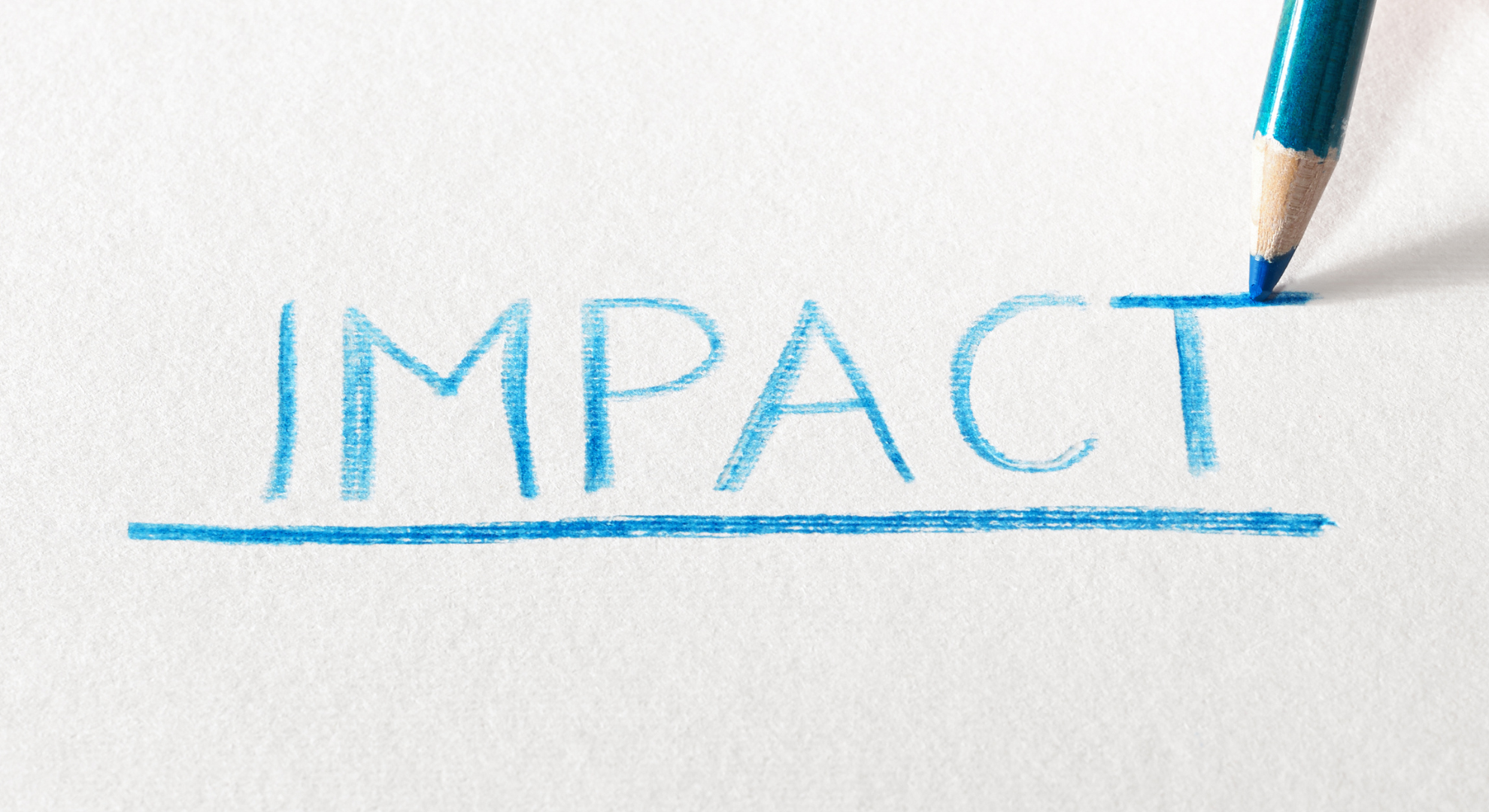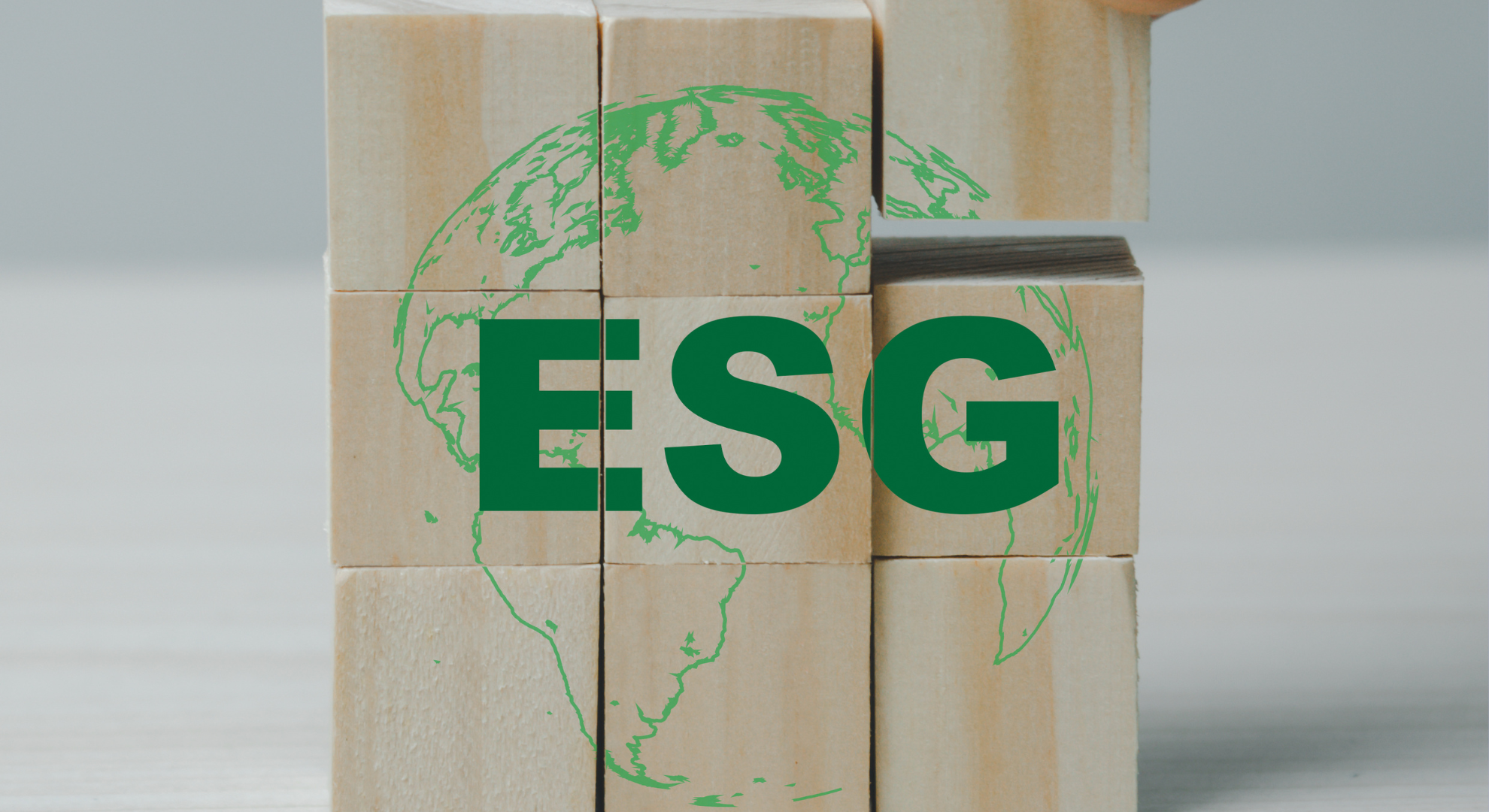Sustainability is a concept that evolves due to pressing sustainability challenges, worldwide issues, and its own concept limits. New concepts have emerged to think further and respond better to all the world’s current challenges.
Below are the recent developments and new concept arising from sustainability:
Regeneration
Sustainability is key in the fight against environmental issues, but the planet needs humanity to go one step further: striving not only to prevent harm but to redress that imbalance and regenerate what has been lost.
Sustainable regeneration must replenish and restore its resources, it must “heal” environmental, economic and social wounds. It is not just about limiting negative impact, it’s about having a positive impact.
To achieve this, companies must take regenerative actions.
It can be not just taking zero deforestation commitment, but also working to reforest and regenerate ecosystems, or not just paying properly workers and farmers, but also allowing them to develop their business and have a positive long-term impact benefiting a larger community.
Planetary boundaries
In 2009, Johan Rockström, a Swedish internationally recognized scientist for his work on global sustainability, led a group of 28 internationally renowned scientists to identify the processes that regulate the stability and resilience of the Earth system.
The scientists proposed a set of 9 quantitative planetary boundaries within which humanity can continue to develop and thrive for generations to come.
Crossing these boundaries increases the risk of generating large-scale abrupt or irreversible environmental changes.
The 9 planetary boundaries are:
1. Stratospheric ozone depletion
The decrease of the stratospheric ozone layer in the atmosphere filter out ultraviolet (UV) radiation from the sun. This can cause a higher incidence of skin cancer in humans as well as damage to terrestrial and marine biological systems.
2. Loss of Biosphere Integrity (Biodiversity loss and extinctions)
The human demand for food, water, and natural resources causes severe biodiversity loss and leads to changes in ecosystem services.
3. Chemical pollution and the release of novel entities
Emissions of toxic and long-lived substances such as synthetic organic pollutants, heavy metal compounds, and radioactive materials in the environment.
4. Climate change
Greenhouse gas emissions and concentration in the atmosphere rise to a point where it disrupts the climate-carbon cycle. Earth system thresholds are exceeded to tipping-point where climate-carbon cycle feedbacks accelerate Earth’s warming and intensify the climate impacts.
5. Ocean acidification
CO2 dissolved in the oceans forms carbonic acid, altering ocean chemistry and decreasing the pH of the surface water. This increased acidity reduces the number of available carbonate ions, an essential ‘building block’ used by many marine species for shell and skeleton formation.
6. Freshwater consumption and the global hydrological cycle
Human modification of water bodies includes both global-scale river flow changes and shifts in vapor flows arising from land-use change. Human pressure is now the dominant driving force determining the functioning and distribution of global freshwater systems.
7. Land system change
Land (forests, grasslands, wetlands, and other vegetation types) is converted to human use all over the planet, having serious impacts on biodiversity reduction, water flows, and the biogeochemical cycling of carbon, nitrogen, phosphorus, and other important elements.
8. Nitrogen and phosphorus flows to the biosphere and oceans
Nitrogen and phosphorus are both essential elements for plant growth. Their biogeochemical cycles have been radically changed by humans as a result of many industrial and agricultural processes.
9. Atmospheric aerosol loading
Aerosols play a critically important role in the hydrological cycle affecting cloud formation and global-scale and regional patterns of atmospheric circulation, such as the monsoon systems in tropical regions.
Today, humanity has already crossed 5 planetary boundaries:
- Climate change
- Land system change
- Loss of Biosphere Integrity (Biodiversity loss and extinctions)
- Nitrogen and phosphorus flows to the biosphere and oceans (biogeochemical flows)
- Chemical pollution and the release of novel entities

Source: Stockholm Resilience Centre
Doughnut model or Doughnut Economics
Doughnut Economics is a visual framework for sustainable development, shaped like a doughnut, combining the concept of planetary boundaries detailed above with the complementary concept of social boundaries.
It acts as a compass for humanity’s 21st-century challenge: meet the needs of all within the means of the planet.
It was developed by the economist Kate Raworth in her 2012 paper A Safe and Just Space for Humanity and elaborated upon in her 2017 book Doughnut Economics: Seven Ways to Think Like a 21st-Century Economist.
The diagram consists of two concentric rings. A social foundation — to ensure that no one falls short on life’s essentials, and an ecological ceiling — to ensure that humanity does not collectively overshoot planetary boundaries.
Between these two boundaries lies a doughnut-shaped space that is both ecologically safe and socially just — a space in which humanity can thrive.
The twelve dimensions of the social foundation are derived from internationally agreed minimum social standards, as identified by the world’s governments in the Sustainable Development Goals in 2015.

Source: Kate Raworth
As a systemic model, the doughnut is used and implemented by different actors in society, to adopt new business models.
Sustainability pitfalls
Confusion between “green” and “sustainability”
Over the past years, sustainability has been very often linked to the notion of green growth and “green” arguments and actions, notions that are moreover criticized today because they do not take sufficient account of other critical issues like social responsibility issues or resources availability.
There is a major difference between “Green” which is strictly concerned with environmental health and “Sustainable” which is concerned with environmental health, economic vitality, and social benefits.
This confusion is due to the incorrect use of the terms “green” and “sustainable” synonymously and interchangeably in the public space.
Greenwashing and social-washing
The increasing public consideration for sustainability pushes companies to use the sustainability argument wrongfully and falsely to attract customers and to improve public perception.
Greenwashing uses environmental arguments, while social-washing uses social responsibility arguments.
Washing is used in communication in different ways:
- the use of the argument of sustainable development when the approach initiated by the company is either almost non-existent or very partial, not very solid, not widely deployed among employees
- a message that could mislead the consumer about the real ecological quality of the product or the reality of the sustainability approach.
While greenwashing and more broadly washing are not new, it has increased over recent years to meet consumer expectations for companies’ sustainable commitment and then demand environmentally-friendly and socially responsible goods and services.
Companies must address sustainability issues properly by adopting a robust, sincere, and transparent approach.
And this is where we can help!
With the support of our ESG experts, you can benefit from a custom strategy that fits your company’s unique goals and needs.
If you want to succeed in your sustainable journey… Save time and begin the process today with apiday!
We’ll support you through the whole process and help identify where your energy should be dedicated and how, with a step-by-step roadmap.
So, what are you waiting for?
Get your organization started and book a call now!
Related articles
Global Reporting Initiative: What It Is and How to Do It
GRI stands for Global Reporting Initiative, and is an international independent standards organization that promotes sustainability reporting through the development of global standards for corporate responsibility, including environmental, social and governance (ESG) reporting...
Impact – What is Impact
The Corporate Sustainability Reporting Directive (CSRD) requires large businesses and SMEs to produce annual reports on their environmental and social impacts.
CSRD – What is CSRD
The Corporate Sustainability Reporting Directive (CSRD) requires large businesses and SMEs to produce annual reports on their environmental and social impacts.
Corporate Sustainability Reporting Directive: All you need to know
The Corporate Sustainability Reporting Directive is an EU regulation that will have a huge impact on how organisations report their environmental, social and governance (ESG) performance...
Sustainability – What is Sustainability
The GRI is an international independent standards organization and currently issues one of the most well-known standards for ESG reporting (GRI Standards).
GRI – What is the Global Reporting Initiative
The GRI is an international independent standards organization and currently issues one of the most well-known standards for ESG reporting (GRI Standards).
What is Materiality and Why it matters in business
Materiality is crucial for sustainability reporting because it allows companies to focus on the most important aspects of their sustainability efforts. A company can choose to report on all aspects of its sustainability program, but this would be extremely time-consuming and would probably not be very useful for investors and other stakeholders...
Materiality – What is Materiality
ESG is an acronym for Environmental, Social, and (Corporate) Governance. It refers to the non-financial factors of a corporation’s impact.
EcoVadis – What is EcoVadis rating
Created in 2007, EcoVadis provides a collaborative web-based rating platform for assessing the sustainability performance of organizations worldwide.
Impact-washing – What is Impact-washing
Impact washing can be defined as any marketing claim about a product/good/service/funds triggering a change in the real economy that cannot be supported by evidence.
ISO 26000 – What is ISO 26000
ESG is an acronym for Environmental, Social, and (Corporate) Governance. It refers to the non-financial factors of a corporation’s impact.
B Corp – What is B Corporation certification
ESG is an acronym for Environmental, Social, and (Corporate) Governance. It refers to the non-financial factors of a corporation’s impact.
The concept of impact on social and environmental issues and its implication for companies
Impact measurement is a powerful tool for companies to gauge their impact on social and environmental issues. In this article, we will discuss the concept of impact, its implications for organizations, and how it can be measured...
The most important and recent developments of ESG (Environmental, Social and Governance)
Being a B Corporation is not just about making profits and creating wealth for a company, it is a way of creating a more sustainable future for society! Discover our article about B corps and its benefits here...
The process for an enterprise to get the B corp certification
Becoming a B Corporation is an ambitious undertaking. This article will guide you through the steps required to become a B Corporation…
CSR – What is Corporate Social Responsibility
CSR is centered on the idea that businesses have a responsibility to benefit the society that they exist within—a broader view than the one that says businesses’ only responsibility is to produce economic profit.
What is a B Corporation: what this means and its benefits for companies
Being a B Corporation is not just about making profits and creating wealth for a company, it is a way of creating a more sustainable future for society! Discover our article about B corps and its benefits here...
The guide to EcoVadis certification: frequently asked questions
This guide will take you through the steps of the EcoVadis Certification process, and explain what is involved in becoming a certified business...
The implications of ISO 26000 for companies
ISO 26000 is a standard providing direction for the application of social responsibility to the activities of an organization. But what does this mean? And how can organizations use it to create better and more sustainable business practices? Let's talk about it…
What is the meaning of CSR (Corporate social responsibility) and how to adopt it?
A Corporate Social Responsibility strategy refers to an organization's active consideration of the effects its activities have on the environment, employees, customers, and suppliers. Let's look at how your company could adopt such a program...
ESG – What is Environmental, Social and Governance
ESG is an acronym for Environmental, Social, and (Corporate) Governance. It refers to the non-financial factors of a corporation’s impact.
4 reasons companies should adopt CSR, Corporate social responsibility
CSR is all about managing a company’s externalities while creating sustainable value for stakeholders and continuous innovation for the business. Let's break that down and explore why...
Carbon disclosure project reporting: what is it and how does it work?
Read our article about The Carbon Disclosure Project (CDP), an extra-financial questionnaire that collects data on companies’ environmental practices and performance...
What are the differences between Corporate Social Responsibility (CSR) and Environmental Social Governance (ESG)?
These terms are both used to describe an approach for businesses to integrate social and environmental factors into their governance policies, strategies, processes, and programs. Yet, they're not the same. Let's explore their key differences...
Why is ESG (Environmental, Social and Governance) important for a business
ESG (environmental, social and governance) can help businesses make sound decisions, and investors achieve better long-term returns. Let's discover how...













